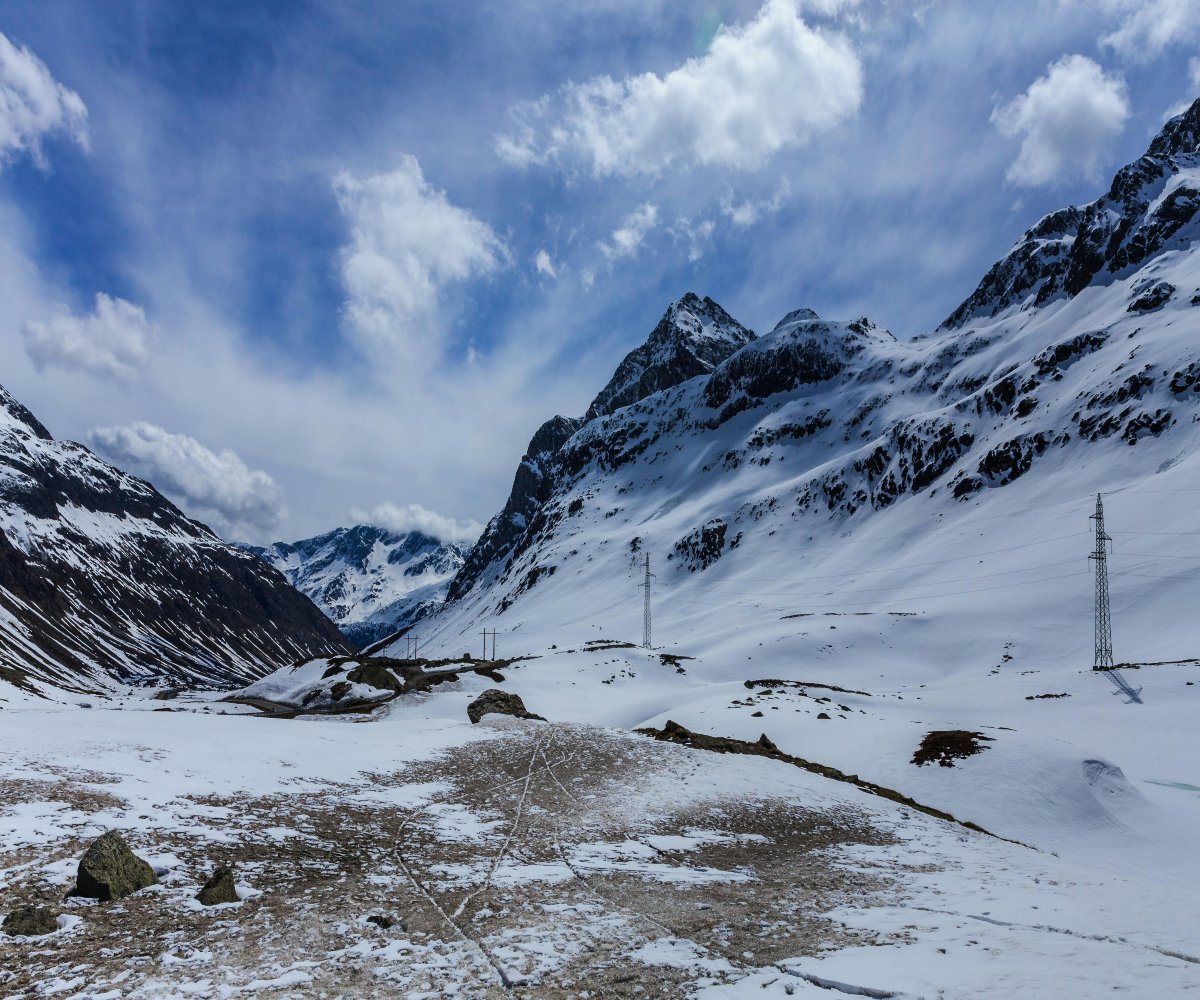A collapse of the Birch Glacier in the Swiss Alps has buried nearly 90% of the picturesque village of Blatten under an avalanche of ice, mud, and rock. The disaster struck on Wednesday, May 28. It sent an enormous plume of debris thundering down the mountainside and transformed the once-charming Alpine community into an unrecognizable wasteland of mud and rubble.
Fortunately, local authorities had evacuated the village’s approximately 300 residents on May 19. The evacuation came after geologists warned of the glacier’s increasingly unstable condition, a precautionary measure that likely saved numerous lives. “We’ve lost our village,” lamented Blatten Mayor Matthias Bellwald at a press conference following the disaster. “The village is under rubble. We will rebuild.”
CBS News indicates that despite the evacuation, one 64-year-old man remains missing. Search and rescue teams equipped with thermal drones continue their efforts to locate him amid the massive debris field.
Swiss Glacier Collapse Triggers Dangerous Flood Risks And Environmental Crisis In Alpine Region
The landslide devastated the village and buried the nearby Lonza riverbed. It has created a dangerous situation in which water could be dammed and potentially cause flooding downstream. “There is a serious risk of an ice jam that could flood the valley below,” warned Antoine Jacquod, a military security official. This concern prompted authorities to evacuate an additional 16 people from two villages located downstream as a precautionary measure.
The disaster highlights the growing threat posed by melting glaciers in the Alps. Swiss glaciologists have repeatedly expressed concerns about accelerated glacier retreat in recent years, largely attributed to global warming. Switzerland, which has more glaciers than any other European country, lost 4% of its total glacier volume in 2023 alone, following a record 6% decline in 2022. These rapidly changing conditions create increasingly unstable situations in mountainous regions.
Officials estimate that recovery efforts will take years, with immediate challenges including clearing blocked waterways and assessing structural damage. “The deposit is not very stable, and debris flow is possible within the deposit itself, which makes any intervention in the disaster area impossible for the time being,” stated cantonal authorities. The Swiss army has been called in to provide clearing equipment and pumps to secure the riverbed.





